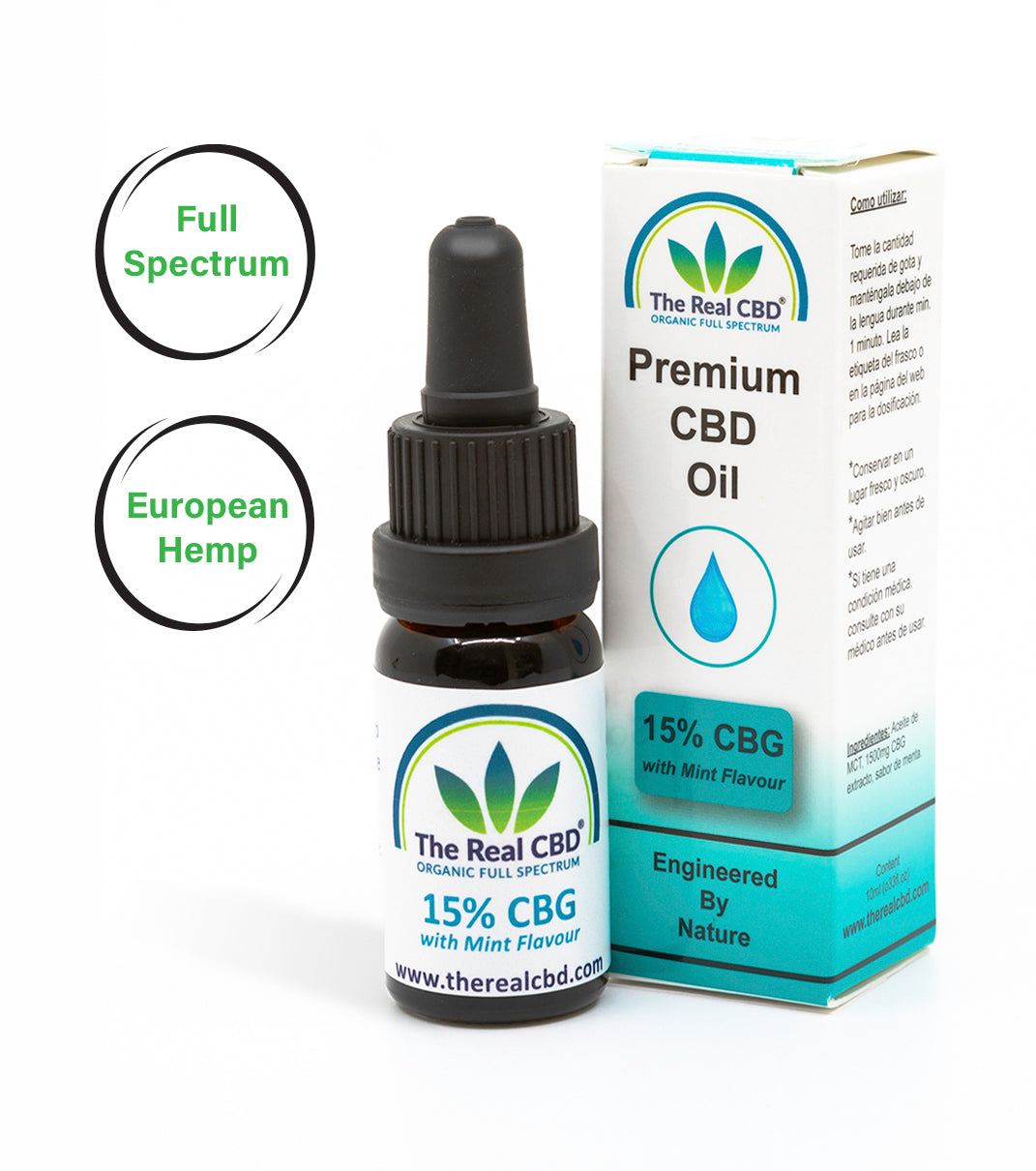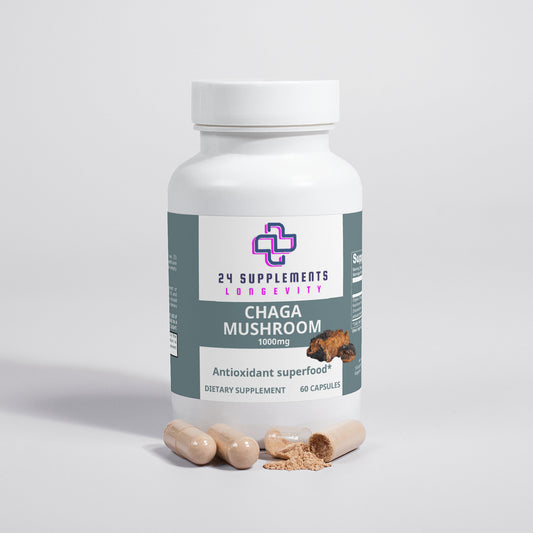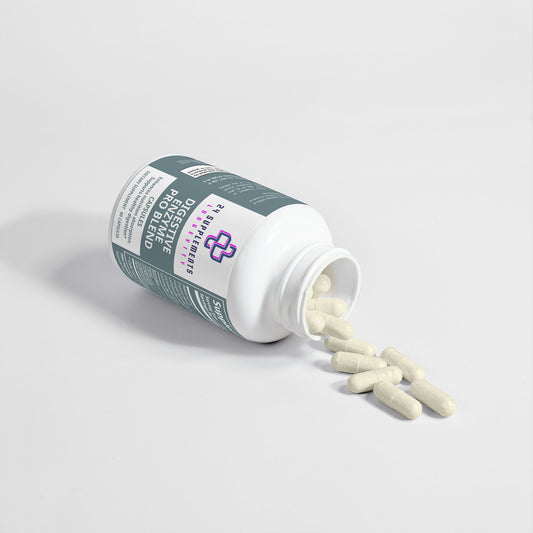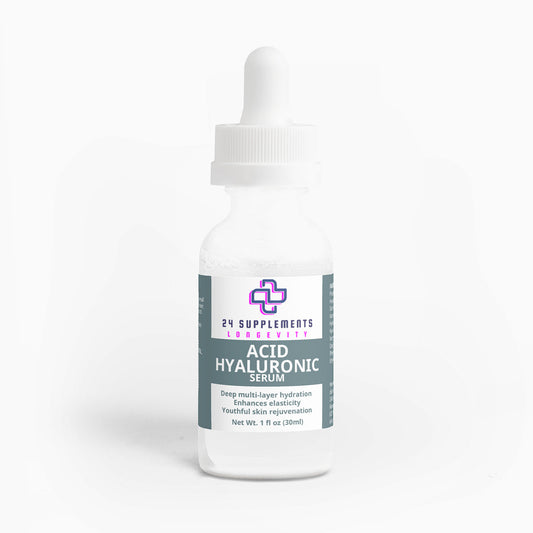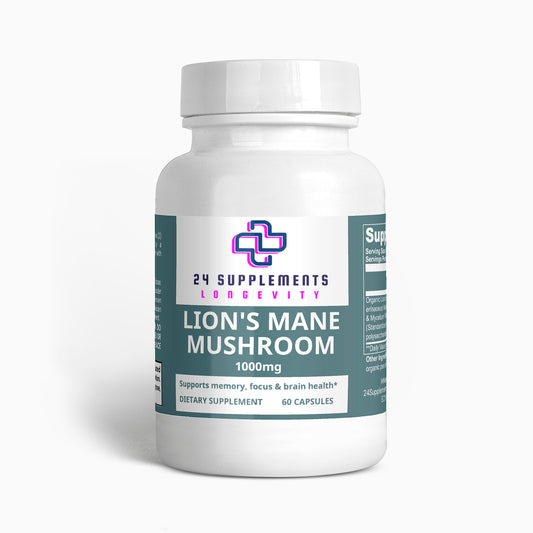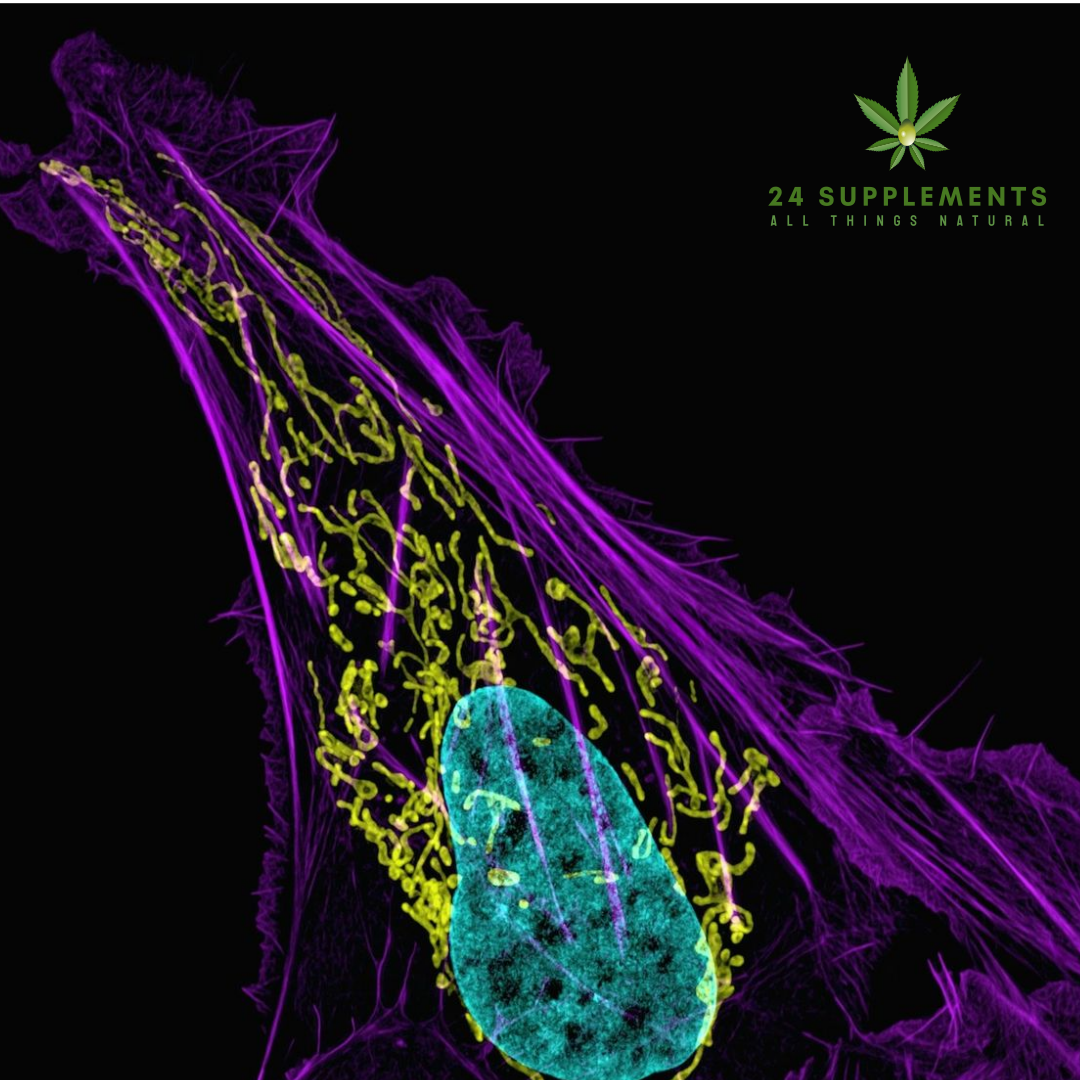
The Therapeutic Potential of Cannabis in Cancer Treatment: Current Research and Future Directions
Share
Introduction
Cancer remains one of the leading causes of death worldwide. While traditional treatments like chemotherapy, radiation, and surgery are standard, they often come with significant side effects and varying efficacy. Cannabidiol (CBD) and tetrahydrocannabinol (THC), key compounds in cannabis, have shown potential in alleviating cancer symptoms and improving treatment outcomes. This article explores the latest research on cannabis in cancer treatment, discusses its mechanisms, and examines the regulatory landscape in Europe.
Mechanisms of Cannabis in Cancer Treatment
Apoptosis and Cell Cycle Regulation
Cannabis compounds, particularly CBD and THC, have been shown to induce apoptosis (programmed cell death) in cancer cells, thereby inhibiting their proliferation.
-
Pro-apoptotic Effects: CBD and THC activate pathways leading to apoptosis, reducing cancer cell viability.
-
Cell Cycle Arrest: These compounds can halt the cell cycle, preventing cancer cells from replicating.
Anti-angiogenic Effects
Angiogenesis, the formation of new blood vessels, is crucial for tumor growth. Cannabis can inhibit this process, effectively starving the tumor.
-
VEGF Inhibition: CBD and THC reduce the expression of vascular endothelial growth factor (VEGF), a key regulator of angiogenesis.
Anti-metastatic Properties
Metastasis, the spread of cancer to other parts of the body, is a major challenge in cancer treatment. Cannabis compounds can inhibit metastasis by affecting various pathways.
-
Matrix Metalloproteinases (MMPs): Cannabis reduces the activity of MMPs, enzymes that facilitate metastasis.
-
Epithelial-Mesenchymal Transition (EMT): Cannabis inhibits EMT, a process by which cancer cells gain the ability to invade and spread.
Symptom Management in Cancer Treatment
Pain Relief
Cancer pain is a common and debilitating symptom. Cannabis provides analgesic effects without the severe side effects associated with opioids.
-
ECS Modulation: Cannabis enhances endocannabinoid signaling, reducing pain perception.
-
Anti-inflammatory Effects: By reducing inflammation, cannabis alleviates pain associated with inflammatory responses in cancer.
Nausea and Appetite Stimulation
Chemotherapy-induced nausea and loss of appetite are significant concerns for cancer patients. Cannabis can help manage these symptoms.
-
5-HT3 Receptor Antagonism: Cannabis reduces nausea by blocking serotonin receptors involved in nausea and vomiting.
-
Appetite Stimulation: Cannabis enhances appetite, helping patients maintain their weight and nutritional status.
Reduction of Chemotherapy-induced Side Effects
Cannabis can alleviate various side effects of chemotherapy, improving patients' quality of life.
-
Neuroprotection: Cannabis protects against chemotherapy-induced neurotoxicity, reducing neuropathic pain and cognitive deficits.
-
Hematopoietic Support: Cannabis supports bone marrow function, reducing the risk of anemia and infections.
Latest Research on Cannabis in Cancer Treatment
Preclinical Studies
Animal models and cell culture studies provide insights into the potential anti-cancer effects of cannabis.
-
Rodent Models: Studies on rodent models of cancer have shown that cannabis can inhibit tumor growth and metastasis.
-
Cell Culture Studies: In vitro studies demonstrate that cannabis can induce apoptosis, inhibit angiogenesis, and prevent cancer cell migration.
Clinical Trials
Human clinical trials are essential for confirming the anti-cancer effects of cannabis observed in preclinical studies.
-
Cancer Pain: Clinical trials have shown that cannabis can significantly reduce pain in cancer patients.
-
Chemotherapy Side Effects: Trials indicate that cannabis can reduce nausea, improve appetite, and alleviate neuropathic pain.
Legal Landscape in Europe
The legal status of cannabis varies across European countries, affecting patient access and research opportunities.
Netherlands
-
Medical Use: Medical cannabis is available through prescription for various conditions, including cancer pain and chemotherapy-induced nausea.
-
Recreational Use: Cannabis is sold in licensed coffeeshops under strict regulations.
Germany
-
Medical Use: Since 2017, cannabis has been available for medical use with a prescription. The government also covers the cost under health insurance in certain cases.
-
Recreational Use: Currently illegal, but discussions about legalization are ongoing.
Portugal
-
Medical Use: Medical cannabis is legal and can be prescribed for conditions such as chronic pain and chemotherapy-induced nausea.
-
Decriminalization: Possession of small amounts is treated as a public health issue rather than a criminal offense.
Switzerland
-
Low-THC Cannabis: Cannabis with less than 1% THC is legal and widely available.
-
Medical Use: Medical cannabis can be prescribed for certain conditions, and CBD products are widely used for various therapeutic purposes.
United Kingdom
-
Medical Use: Available by prescription for conditions like epilepsy and multiple sclerosis since 2018.
-
Recreational Use: Remains illegal, with ongoing debates about potential decriminalization.
Implications and Future Directions
The evolving landscape of cannabis research and legislation in Europe has significant implications for cancer treatment and medical practice.
Research and Development
-
Clinical Trials: Increased funding and support for clinical trials will help solidify the therapeutic potential of cannabis and determine optimal dosing and delivery methods.
-
Standardization: Efforts to standardize cannabis products will improve safety, efficacy, and patient outcomes.
Education and Training
-
Healthcare Providers: Training programs for healthcare providers on the benefits and risks of cannabis can enhance patient care and reduce stigma.
-
Public Awareness: Educational campaigns can inform the public about the safe use of cannabis and its potential health benefits.
Policy and Regulation
-
Harmonization: Efforts to harmonize cannabis regulations across Europe can facilitate research, improve access to medical cannabis, and reduce legal ambiguities.
-
Patient Access: Policies that enhance patient access to medical cannabis while ensuring safety and efficacy are crucial for the future of cannabis in cancer treatment.
Conclusion
Cannabis has significant potential to improve health outcomes for cancer patients, from reducing tumor growth and metastasis to alleviating pain and chemotherapy-induced side effects. The current research underscores its therapeutic benefits, while evolving legislation in Europe reflects a growing acceptance of its medical use. As research continues and regulations adapt, cannabis may become an integral part of cancer care, offering new avenues for treatment and improving quality of life for many patients.









